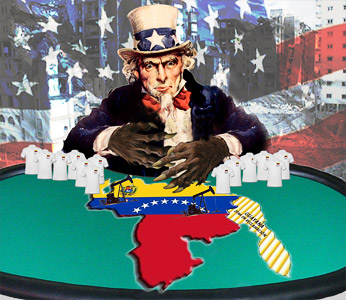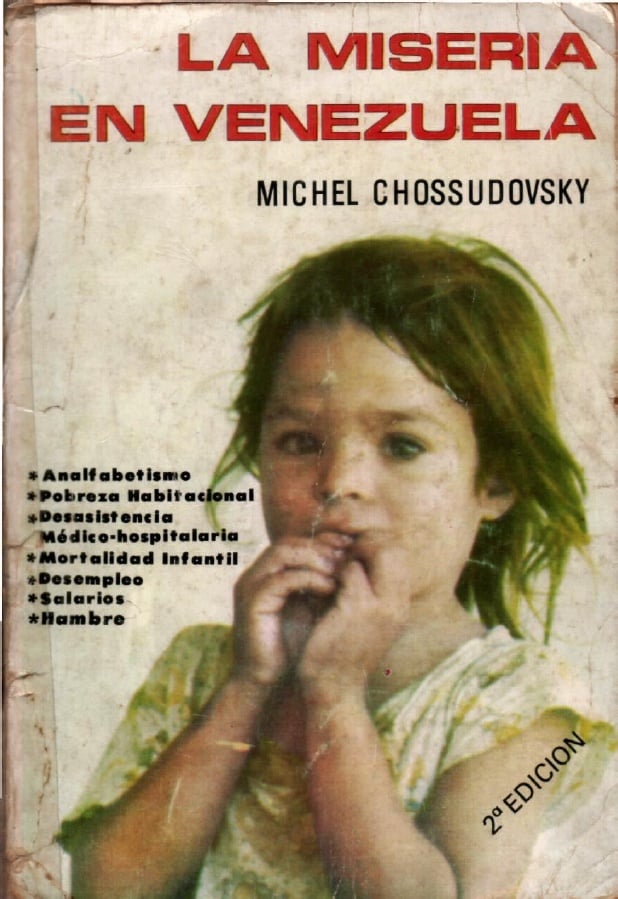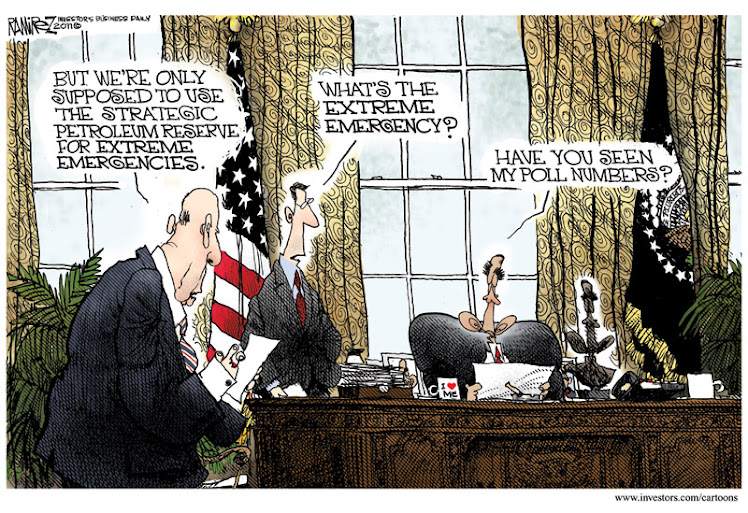The Historical Levels of Poverty in Venezuela, Prior to the Bolivarian Revolution. Interview with Michel Chossudovsky

Michel Chossudovsky talks to Bonnie Faulkner on Guns and Butter.
We discuss the economic and political crisis in
Venezuela, its history as an oil proxy nation since the discovery of oil
in 1918, through successive dictatorships, coups d’etats, a fake
nationalization of the oil industry, the Chavista movement and
destabilization through financial warfare, with a special emphasis on
Michel Chossudovsky’s personal experience there conducting a study on poverty in 1975 as Advisor to the Venezuelan Minister of Planning.
The study commissioned by the Ministry
of Planning (CORDIPLAN) (involving an interdiscilinary research team)
headed by Michel Chossudovsky was entitled: “Venezuela: La Mapa de la Pobreza”. (Venezuela: The Poverty Map)
The report provided detailed estimates
of poverty, focussing on nutrition, education, health, housing,
employment and income distribution.
 It
also addressed the role of government policy. Venezuela’s oil wealth
was not used to build schools and hospitals. The oil surplus was
largely recycled into the hands of the oil giants and the local elites.
It
also addressed the role of government policy. Venezuela’s oil wealth
was not used to build schools and hospitals. The oil surplus was
largely recycled into the hands of the oil giants and the local elites.
Upon its release, the draft report was
confiscated by the Minister of Planning. It was subsequently shelved on
orders of the Cabinet (Consejo de Ministros) of President Carlos Perez.
Michel Chossudovsky brought it out as a
book in 1978, which created a bombshell. It dispelled the myth of “La
Venezuela Millionaria”.
In the period prior to the Bolivarian Revolution, extending into the 1990s, the levels of poverty were abysmally high.
 “More
than 70 percent of the Venezuelan population did not meet minimum
calorie and protein requirements, while approximately 45 percent were
suffering from extreme undernourishment.
“More
than 70 percent of the Venezuelan population did not meet minimum
calorie and protein requirements, while approximately 45 percent were
suffering from extreme undernourishment.
More than half of Venezuelan children suffered from some degree of malnutrition.
Infant mortality was exceedingly high.
23 percent of the Venezuelan population was illiterate. The rate of functional illiteracy was of the order of 42%.
One
child in four was totally marginalized from the educational system (not
even registered in the first grade of primary school).
More than half the children of school age never entered high school.
A majority of the population had little or no access to health care services.
Half the urban population had no access to an adequate system of running water within their home.
Unemployment was rampant.
More
than 30 percent of the total workforce was unemployed or underemployed,
while 67 percent of those employed in non-agricultural activities
received a salary which did not enable them to meet basic human needs
(food, health, housing, clothing, etc.).
Three-quarters of the labor force were receiving revenues below the minimum subsistence wage.”
(Michel Chossudovsky, excerpts from La Miseria en Venezuela, Vadell, Caracas, 1978, translated from Spanish)
The objectives of the US led Coup:
- install a US proxy regime,
- confiscate the country’s extensive oil wealth (the country with the largest oil reserves Worldwide),
- impoverish the Venezuelan people.
The original source of this article is Guns and Butter













